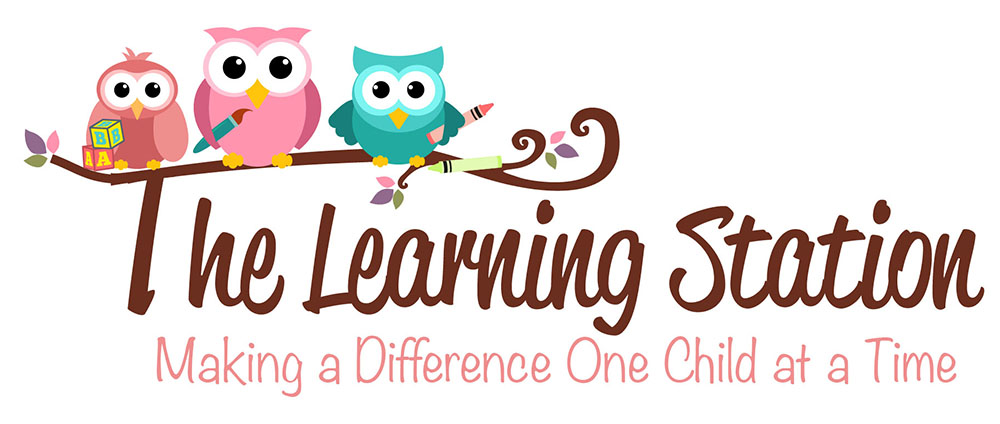Imaginary playmates are common with young children—studies suggest that 65 percent of children age 7 and younger have had them. Parents sometimes wonder whether they’re a symptom of psychological problems, though. Shouldn’t a well-adjusted child be interacting with real people instead of invisible companions? Don’t worry. Even though the line between fantasy and reality can be blurry for toddlers, most children are perfectly aware that Mister Bear and Princess Blue-Eyes aren’t real. Imaginary friends can serve a variety of purposes: They can protect children from perceived dangers—a barking dog seems less scary when a child has a pretend lion walking at his or her side. They can also allow children to deal with issues of helplessness and control, allowing them to be in charge: A child who gives an imaginary friend a shot may be working through anxiety about going to the doctor. And they help children entertain themselves, especially after a family move that takes them away from friends and familiar surroundings. Pretend playmates can help children develop a richer imagination and vocabulary; they can also teach kids how to socialize with their real-life friends. Often they serve as role models for correct behavior (although they can also take the blame for misbehavior). If your child prefers to play exclusively with a make-believe pal, avoiding interaction with real children, or if he or she uses the pretend playmate to avoid certain situations, you may want to find out whether something serious is going on. Otherwise, don’t fight it. Pretend play is important to a child’s development, and setting an extra place at the dinner table for Danny the Dinosaur is a small price to pay for your child’s well-being.


